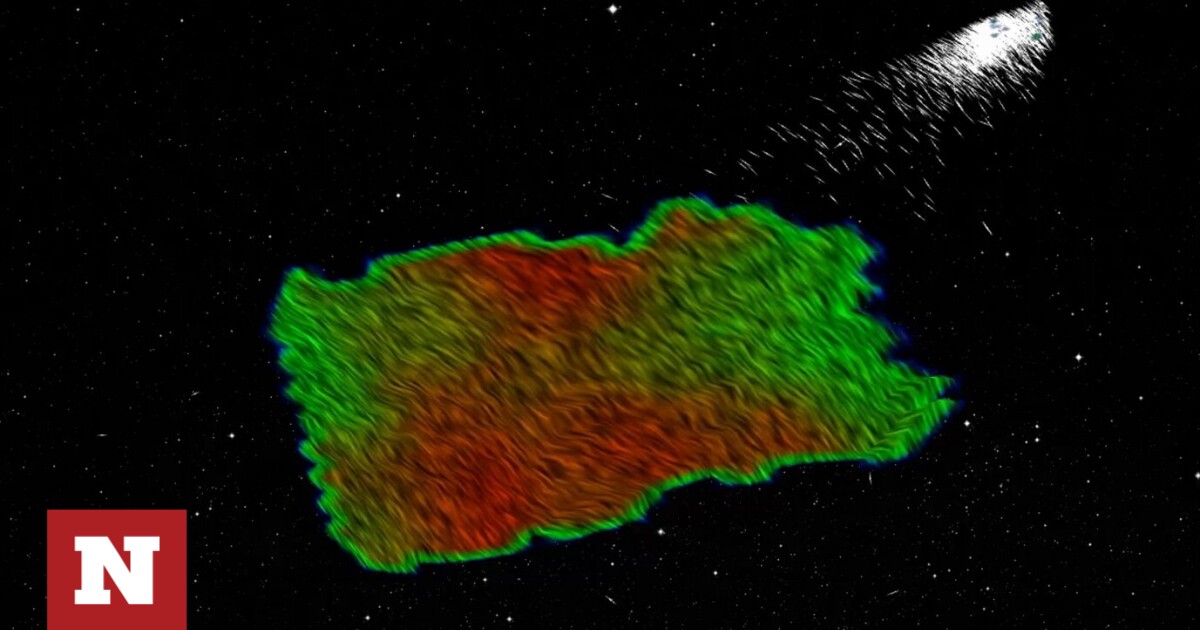
The James Webb Space Telescope has discovered a previously unknown air current swirling around Jupiter at 515 kilometers per hour, twice the wind speed of a Category 5 hurricane on Earth.
The results provide new evidence for the interaction of individual layers of Jupiter’s turbulent atmosphere, say the researchers who discovered the jet stream.
The results “surprised us a lot,” he says. NASA announcement Ricardo Hueso of the University of the Basque Country in Spain, who led the study published in the journal Nature astronomy.
He points out that thanks to James Webb, “what we have seen so far as a foggy haze in Jupiter’s atmosphere is now clear.”
The researchers looked at images collected by James Webb in 2022, with individual snapshots taken every ten hours, the length of a day on Jupiter. Four different color filters were used for the notes, each revealing details at a different height.
The researchers calculated the speed by tracking the movement of the bright and dark areas of the jet stream [NASA, ESA, CSA, STScI, R. Hueso (University of the Basque Country), I. de Pater (University of California, Berkeley), T. Fouchet (Observatory of Paris), L. Fletcher (University of Leicester), M. Wong (University of California, Berkeley), J. DePasquale (STScI)]
The analysis revealed a formation located just above the equator, which appears to be moving at a different speed than other known jet streams in different layers of the atmosphere.
Other telescopes that look at the infrared, visible, and ultraviolet parts of the spectrum see only the deepest layers of the atmosphere where ammonia clouds form.
The new study was based on James Webb’s near-infrared observations, which reveal layers of the atmosphere at a higher altitude, about 25-50 kilometers above the cloud layer.
This is the height at which the new downspout will blow. To calculate its speed, researchers tracked its movement relative to the underlying layers, the speed of which was measured by the Hubble Space Telescope.
The researchers hope to collect new observations in the future to examine whether the jet stream is changing over time.
Sure, 515 kilometers per hour is fast, but it’s not a record-breaker: Neptune’s winds are estimated to blow at speeds exceeding 2,500 kilometers per hour.

“Avid problem solver. Extreme social media junkie. Beer buff. Coffee guru. Internet geek. Travel ninja.”





More Stories
Our Milky Way galaxy is a massive magnet that is being mapped in three dimensions for the first time
What are the black “spiders” in the “Inca city” on Mars? View satellite images
Underworld – step